Description
Botanical name: Phyllanthus Emblica
Amla or Amalaki (English name: Indian gooseberry) can be said as the most used Ayurvedic ingredient. It is both a food and medicine. This small fruit is full of innumerable health benefits.
Vernacular names (names in other languages): Amla, Awla, Anwala, ambala, amlika, anwala, Nellikkai, perunelli, nellikaay, Aamla, Aamro, Amla, Aamalaki.
Medicinal properties:
Guna (qualities): Guru (heaviness), Sheeta (coolant)
Rasa (taste): has five tastes (sour, sweet, bitter, astringent and pungent, not salty). Sour taste dominates.
Vipaka (taste conversion after digestion): Madhura (sweet)
Veerya (potency): Sheeta (cold)
Effect on the doshas: Tridoshahara (it balances all the three Doshas)
Benefits:
- Balances Vata, Pitta and Kapha doshas.
- Rasayana – anti aging, rejuvenative. Of all the anti-aging herbs, Amla is the best.
- Good for eyes, improves vision (take it in the form of triphala).
- It relieves constipated bowels when taken regularly.
- Relieves fever.
- Good for women’s health.
- Good for the heart.
- It is one of the intelligence promoter widely used in the form of rasayana chikitsa.
- Helps to lose weight (when consumed with honey or in a form of Triphala) and to gain weight (when consumed with ghee and hot water).
- To wash hair (mix it with Reetha and Shikakai).
- Helps to detoxify the body.
Other benefits:
- Useful in throat diseases, improves voice, good for throat.
- Useful in bleeding disorders, diabetes and urinary tract disorders, relieves burning sensation, aphrodisiac.
- Gooseberry fruits are beneficial in patients with urinary ailments like dysuria and is also wholesome to be consumed as such in patients of prameha.
- Improves skin qualities and complexion (take it with saffron or turmeric and water).
- For grey hair (take it with Bhringaraj).
- Good for respiratory health (mix it with cinnamon and turmeric).
- For allergic rhinitis and hives (mix it with ghee and turmeric).
Directions:
- If you wish to take Amla, then consuming Chyawnaprash or Triphala is the best way. It balances all three doshas. Chandraprash is recommended for cooling the body in summer. Amla pickle can improve digestion. You can also take amla in the form of amla juice or amla candy (amla chatpata).
- If, for some reason, you do not like chyawanprash, you can make Amla recipes along with different liquids, based on your body type, body needs, disease conditions and Dosha imbalance. Preferably you can take it after food.
- If you have Vata imbalance (for diseases like joint diseases, gas trouble), mix one teaspoon of amla with two teaspoons of sesame oil and consume it with lukewarm water. Evening is the time when Vata is more dominant, so, to balance Vata Dosha, this remedy can be taken in the evening.
- If you have Pitta imbalance (for diseases like digestion problems, or some skin related issues like acne), mix one teaspoon of Amla churna with one teaspoon of clarified butter and consume it with hot water. Afternoon is the time when Pitta is more dominant, so, to balance Pitta Dosha, this remedy can be taken in the afternoon. You can also take amla with jaggery.
- If you have Kapha imbalance (for diseases like obesity, respiratory diseases), mix one teaspoon of Amla churna with one teaspoon of honey and consume it. Morning is the time when Kapha is most dominant, so, to balance Kapha Dosha, this remedy can be taken in the morning.
- If none of these are available, you can simply add amla powder into water and drink it as such. So in one way or the other, make sure to include some Amla in your diet.
- Consuming Amla during winter: Because it is a natural coolant, it can cause increased dryness of skin and hair. To counter this effect, it is consumed along with sesame oil.
Pack Size:
50g-1kg. Available whole and powdered.
Storage:
Store in a cool dry place.
Gomata Products with Amla:










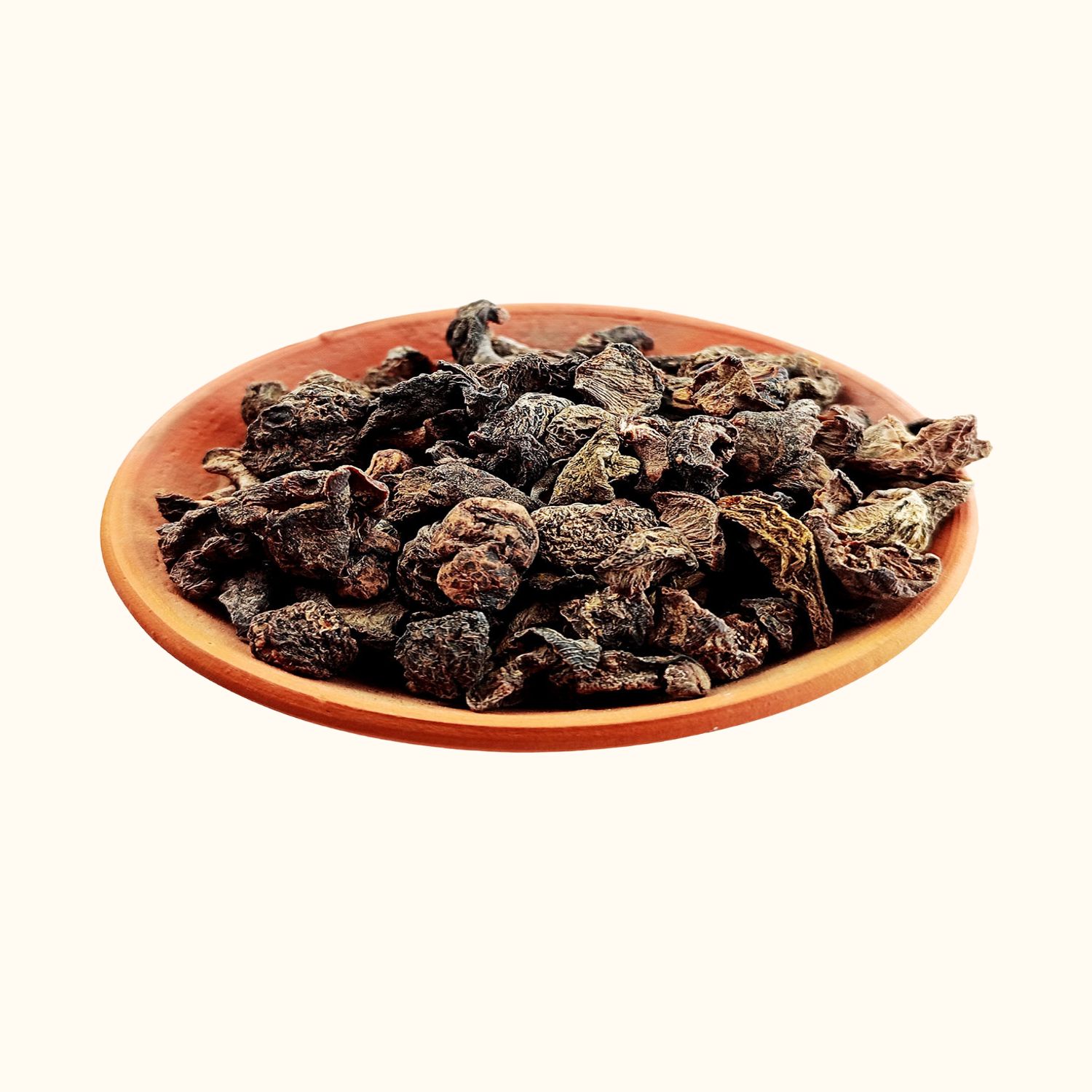
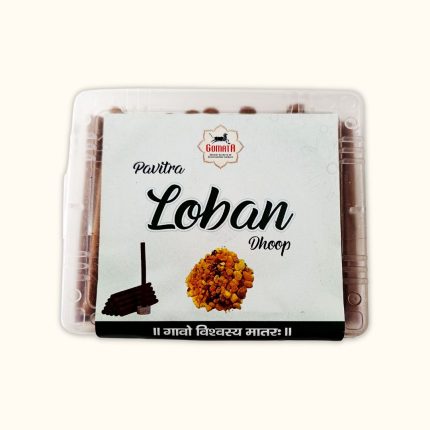
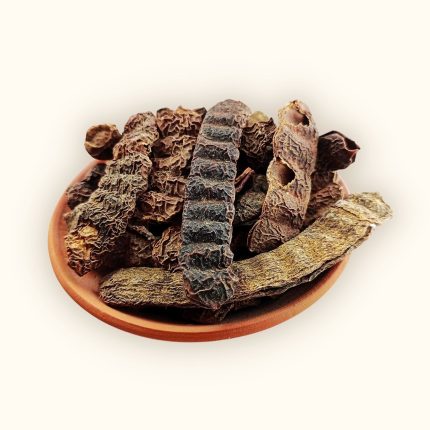
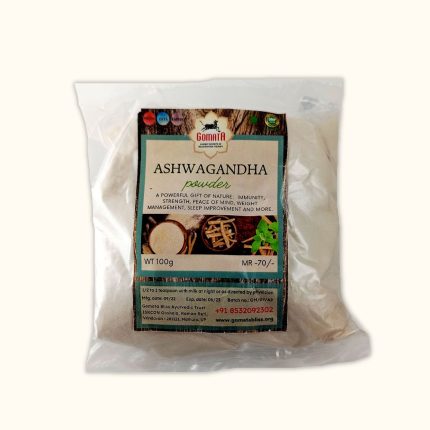
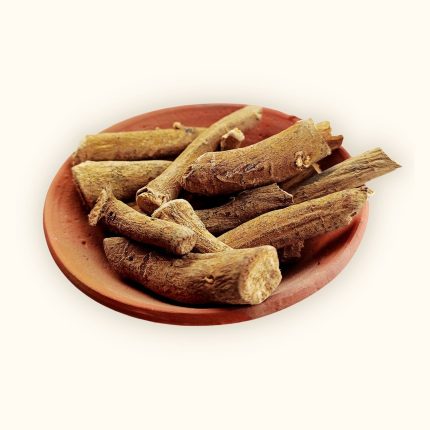
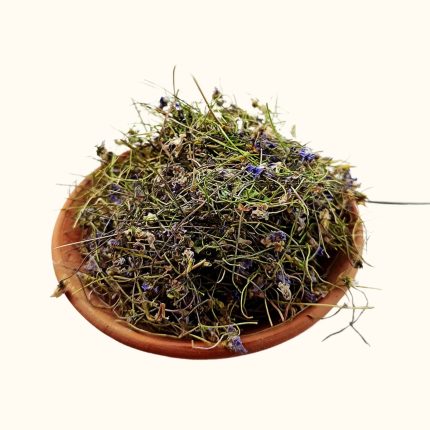
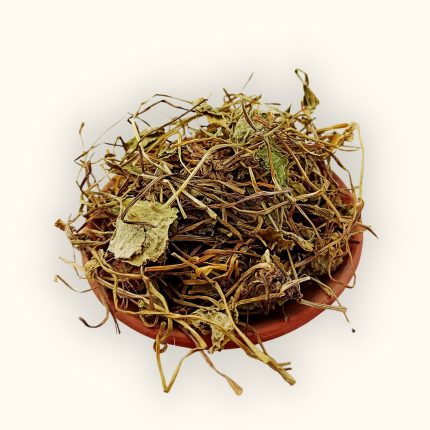
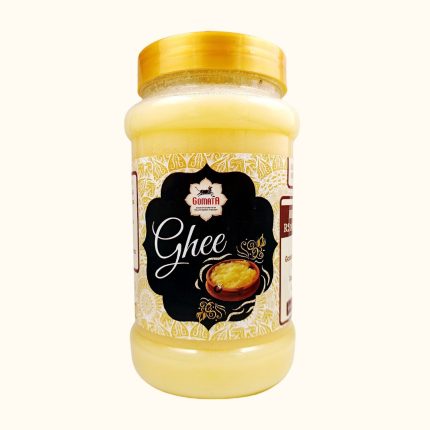
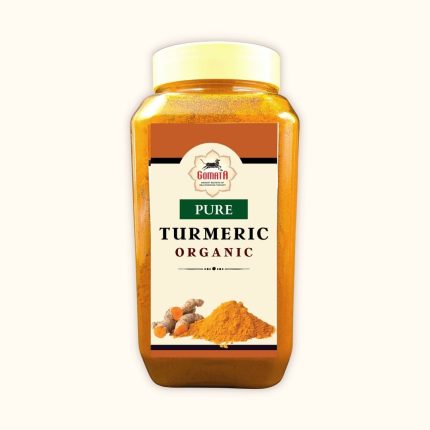
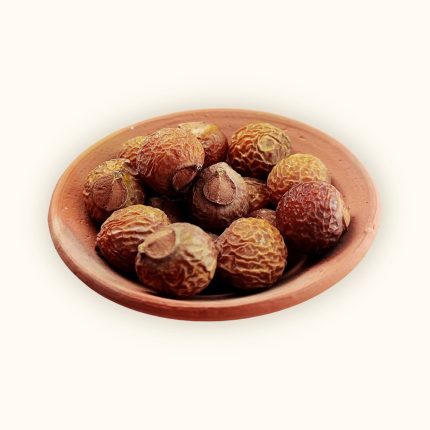

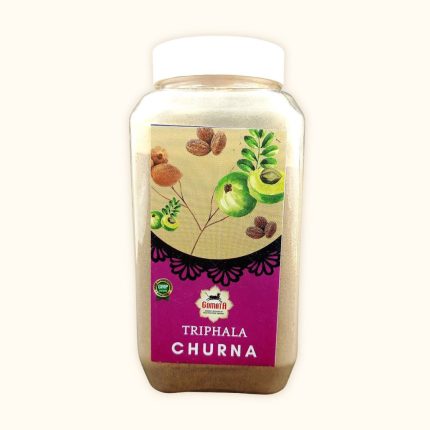


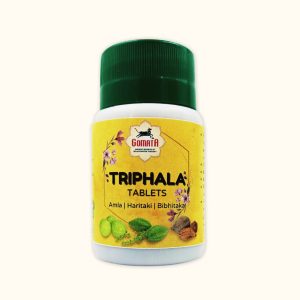

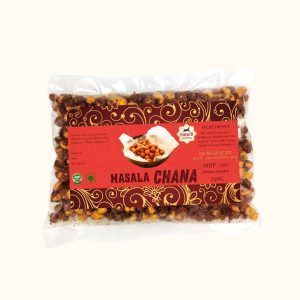
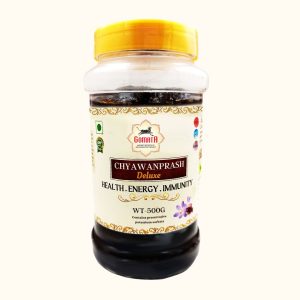


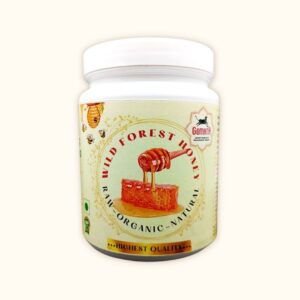
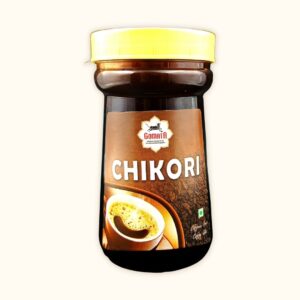
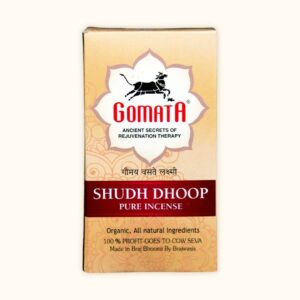
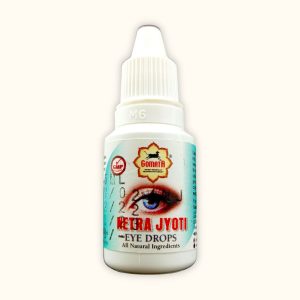
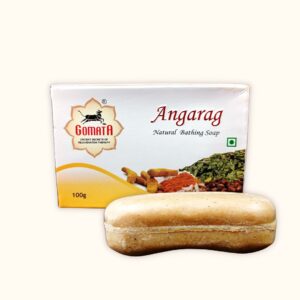

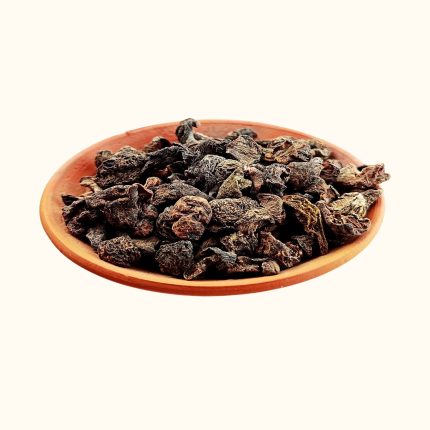

Reviews
There are no reviews yet.